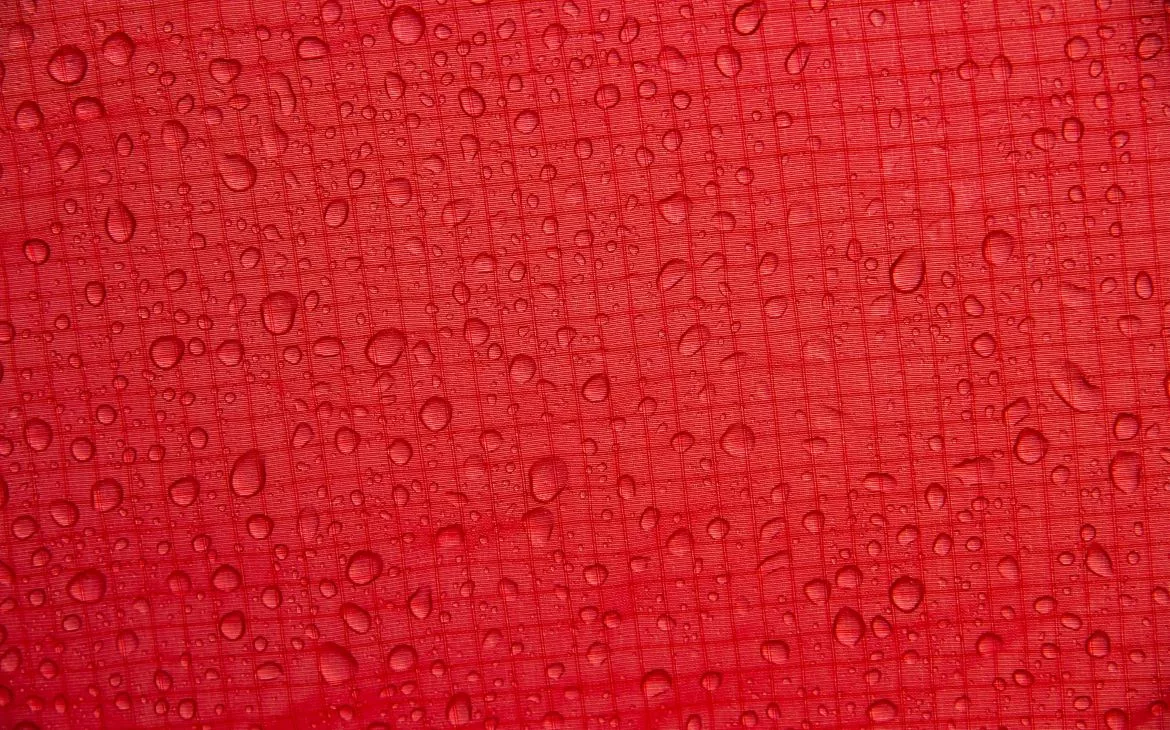Six Breakthrough Trends Reshaping the Coatings Industry

Several coatings industry trends are powering incredible innovations in manufacturing and materials science, from green coatings to self-cleaning coatings and more. Over the past few years, the industry has experienced significant change from numerous factors, such as increased concerns about sustainability and health. As a result, emerging trends are transforming the industry and reshaping it to tackle next-generation challenges.
1. Data-Driven Development
More and more coating developers are leveraging emerging technologies like AI, machine learning and big data to improve the R&D process. The past two years have seen explosive growth in artificial intelligence with the rise of groundbreaking algorithms like ChatGPT.
There are many applications for this technology in the coatings industry. For example, developers can use AI to rapidly analyze many new compounds for coating materials. AI can model the potential effectiveness and drawbacks of various compounds in a fraction of the time it would take to perform manual analysis. As a result, developers can get new compounds into production sooner and with more knowledge of their features, strengths and weaknesses.
AI is also invaluable in the manufacturing process. It’s a great tool for process optimization and automation. For example, coating manufacturers can use AI to fully automate quality control checkpoints. AI is capable of several analysis techniques, such as visual inspection or chemical inspection with the help of sensors. Manufacturers can use AI to detect defects faster and with greater accuracy compared to conventional QC processes. This ensures customers receive higher-quality coating materials at a lower cost.
Data plays a crucial role in the growth of AI applications in the coatings industry. The more data AI has access to, the more accurately it can analyze systems and predict outcomes. Coatings industry businesses that want to fully utilize AI are increasingly adopting technologies to improve their data collection.
For example, IoT devices are now a popular tool in the manufacturing sector. Businesses can use IoT sensors to collect large quantities of data on their processes and performance. This data is perfect for supporting AI analytics or even digital twins, which use machine learning to model the manufacturing environment. All of these tools allow coating manufacturers to fine-tune their process optimization, leading to lower costs, higher efficiency and less waste.
2. Sustainable Coatings
Sustainability has become one of the leading coatings industry trends over the past few years. Green coatings are specially formulated to minimize waste, remove harmful ingredients and reduce carbon footprint. They’re often made using renewable or recycled materials, as well.
Research shows the green coatings market is expected to be worth over $202 billion by 2032, indicating the high demand for more sustainable coatings. Adoption is particularly strong in the architecture sector. Interest in sustainability is powering a shift away from conventional coating methods and designs, with many businesses adopting water-based coatings or powder coatings instead.
Powder coatings are gaining popularity due to their high efficiency, low waste and great value. They’re particularly popular in the manufacturing sector thanks to their rapid application and natural lack of VOCs and solvents.
Meanwhile, waterborne coatings are specially designed to eliminate the presence of VOCs, which are responsible for many harmful effects on the environment, such as air pollution. Waterborne coatings also improve safety. Since they don’t include solvents, they are non-flammable, unlike many conventional coatings.
Utilizing green coatings can result in improved coating performance, lower costs and increased compliance with ESG goals and regulations.
3. Improved Coating Safety
Safety is a top coatings industry trend today for customers, users and workers. The industry is seeing a renewed focus on ensuring coatings don’t have adverse health effects. This trend also goes hand-in-hand with the heightened focus on sustainability since green coatings tend to be beneficial for both people and the environment.
Coating developers are actively working to remove potentially harmful ingredients from their products and find safer alternatives. For example, many manufacturers are leaving VOCs out of their next-gen coatings. VOCs increase carbon footprint, create air pollution and cause health side effects like respiratory irritation.
Similarly, industry standards are also emerging to redirect manufacturers away from potentially harmful components. One great example is a new set of OSHA standards announced in 2022 that address the health and safety hazards of crystalline silica.
Research shows crystalline silica causes several severe health conditions, including lung disease, lung cancer, COPD and kidney disease. The size and consistency of the particles make them easy to inhale, creating serious respiratory dangers for those working with it and living around it.
Crystalline silica is sometimes found in paints and coatings, such as those containing latex or epoxy materials. By removing crystalline silica from coatings, manufacturers can reduce the dangers of working with their products. Steps like this are rapidly gaining popularity in the industry, particularly as green coatings present highly effective, safer alternatives to conventional ingredients.
4. Heat and Corrosion Resistance
Next-gen coating materials are increasingly featuring heat, UV and corrosion resistance. These features are great for improving overall quality of life, but they also come with some tangible benefits connected to other coatings industry trends.
For example, improving heat, UV and corrosion resistance is a vital part of reducing the environmental impact of coatings. On one hand, these features increase durability so coatings last longer and experience less flaking over time. Additionally, heat, UV and corrosion resistance will be increasingly important as the effects of climate change create harsher weather around the world.
Climate change is causing increased UV radiation, which can accelerate the rate at which coatings dissolve and break down. Temperatures are also rising significantly in many parts of the world. So, strengthening new coatings against the elements is vital for ensuring buildings, tools, vehicles and more can withstand the changing environment.
5. Self-Cleaning Coatings
Advances in materials science are leading to some incredible new possibilities in the coatings industry. One such innovation is self-cleaning coatings. These solutions use water repellents to autonomously keep the coated surface clean. Also known as hydrophobic coatings, these products increase convenience and durability.
The hydrophobic coatings market has a 7% CAGR and analysts expect it to be worth over $3 billion by 2030, indicating strong interest from customers. Self-cleaning coatings have many advantages and applications. For example, in architecture, they can help maintain the pristine appearance of buildings by preventing discoloration and erosion from water.
Likewise, in the tools and vehicles industries, hydrophobic coatings can prevent corrosion, improving safety and longevity. Increased corrosion resistance will also help in this area.
6. Anti-Microbial Materials
In a similar vein to self-cleaning coatings, antimicrobial solutions have also become a leading coatings industry trend over the past few years. The onset of the COVID-19 pandemic in 2020 triggered widespread interest in antimicrobial properties to help prevent the spread of contaminants and bacteria. The coatings industry is embracing this increased demand by prioritizing the development of antimicrobial solutions.
The antimicrobial coatings market has a staggering CAGR of 10.8% with an expected value of $7 billion by 2027. These coatings can transform cleanliness and durability, particularly for interior surfaces. By preventing the growth of contaminants like mold and mildew, antimicrobial coatings protect surfaces from biological degradation. This is particularly helpful for HVAC and plumbing systems which can experience severe damage from microbial growth.
Antimicrobial coatings also protect surface appearance and prevent the spread of bacteria. Research shows these coatings are highly effective at minimizing the spread of COVID-19 and other viruses and bacteria on a variety of surfaces. In fact, they are even proving helpful in the food packaging industry where antimicrobial features improve food safety and freshness.
Leading Coatings Industry Trends
These six core trends are reshaping the coatings industry as it adapts to modern challenges and opportunities. Several trends are interconnected, particularly green coatings. The shift toward increased sustainability is powering innovation in other areas as well, such as improved durability and safety. Industry professionals can future-proof their skills and knowledge by studying today’s coatings trends and innovations.
Looking for a reprint of this article?
From high-res PDFs to custom plaques, order your copy today!







